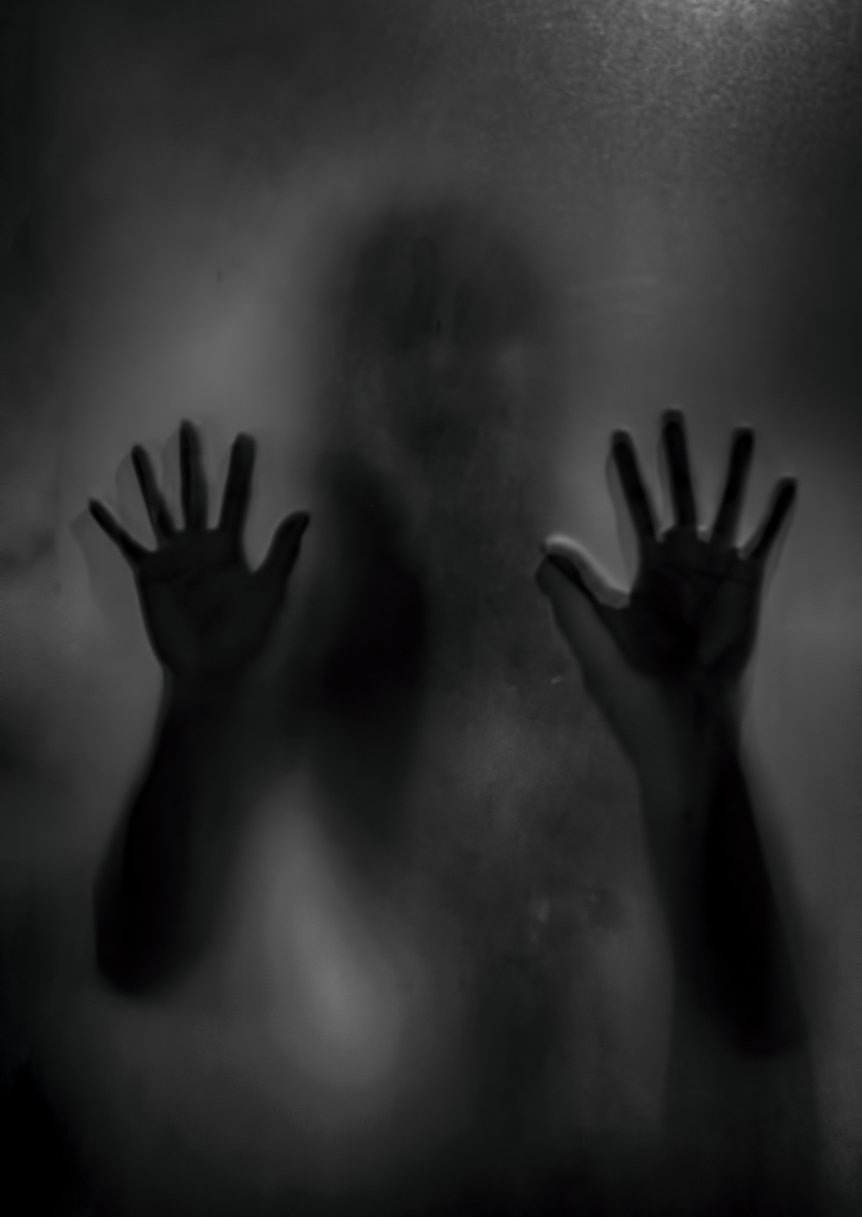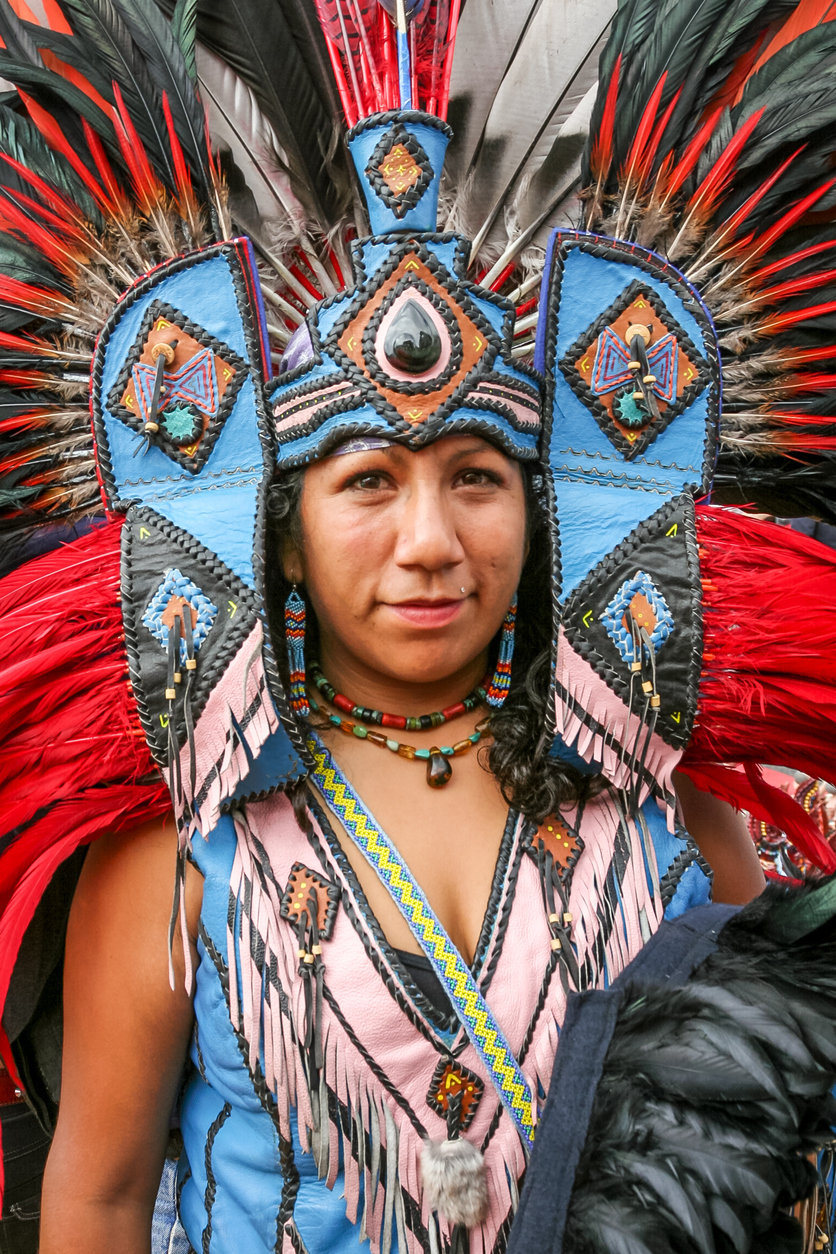
It wasn't that long ago that in the United States Día de los Muertos was an obscure holiday for most people that they maybe learned about from their Latino friends or was briefly mentioned in school. Nowadays, Day of the Dead is embraced by so many in the US, regardless of their cultural background that it's gotten a bit tangled up with Halloween and not in a good way. There's nothing wrong with celebrating both Día de los Muertos and Halloween, but let's remember that they are by no means the same thing and respect their differences so as not to erase their history.
More from MamásLatinas: DIY Halloween costume ideas for kids
Knowing the differences between the two holidays is a great way to teach your children about both. As adults, we may know the differences and assume that they are obvious to others, but that's not always the case, especially when it comes to children. Children don't know what they aren't taught and if they walk into a store and see a card that has a Catrina-style skeleton with the words "Happy Halloween" on it, their brains won't see the discrepancy and they'll start to think of Catrinas as being associated with Halloween.
Our history—everyone's history—matters. The similarities and differences of our cultures are to be celebrated for sure, but let's not lump them all together. Let's appreciate them so as not to appropriate them without regard to their true significance.
Listen to the differences between Halloween and 'Día de Muertos' in this episode of our Spanish podcast 'Mamá Dice:
To that end, here are a few of the differences between Halloween and Día de los Muertos…
Halloween is celebrated on October 31 every year.

Halloween is celebrated yearly on October 31. The reason it is celebrated on October 31 is because the holiday has origins that go back to the ancient festival of Samhain celebrated by the Celts, who lived about 2,000 years ago. They believed that the ghosts of the dead came back on this day and roamed the earth.
The Day of the Dead celebration happens yearly on the first two days of November.

Día de los Muertos is a two-day celebration that happens every November 1 and 2. On November 1, the children and babies who have died are celebrated. On November 2, adults who have died are honored. It has its origins in Mexico, but is celebrated throughout Latin America and pretty much anywhere there are Latinos.
What are the origins of Halloween?

As we mentioned, the origins of Halloween go back to Samhain, an ancient Celtic festival which commemorated the end summer and harvest season. The Celts believed that during the night of October 31, the dead could cross over into the world of the living.
What are the origins of Día de los Muertos.

Día de los Muertos as it is celebrated today is a blend of Mesoamerican and European traditions. The origins of the holiday go back about 3,000 years to rituals from pre-Columbian Mesoamerica that celebrated the dead.
Halloween is a fright-fest.

The Celts thought that the ghosts that would show up on October 31, were not of a friendly nature. Costumes were worn to scare the ghosts or conceal appearances so that a ghost that was out to get you couldn't get you. Halloween is still heavy on the scare factor, hence all the horror movies that come out right around the spooky holiday.
Day of the Dead is a love-fest.

Day of the Dead isn't about hiding from the dead, it's about remembering our dearly departed in a beautiful and loving way. It's about wanting the dead to know that you love them and remember them. Altars are set up with pictures of the dead and ofrendas comprised of favorite foods or things that those we have passed loved in life.
The decorations and aesthetics of Halloween skew to scary.

For example, Halloween skulls or skeletons are grim and frightening. They are a reminder of death in a terrifying way.
The decorations and aesthetics of Day of the Dead aren't scary at all.

Skulls for Día de los Muertos are usually beautifully decorated in bright happy colors. They're not frightening in the least because death is not depicted or represented as something we should be afraid of, it's just a continuation of our existence.
Trick-or-treating on Halloween.

When Halloween made its way over to the US, people started dressing up and going to houses to ask for money or treats. The holiday started to morph into more of a neighborhood and community bonding sort of experience.
Hosting the dead on Día de los Muertos.

Day of the Dead is a party, y'all, and a good party has food, drink, flowers, music, dance, and fun for everyone. It's a respectful party honoring the dead, but it's still a party where the living are hosting the dead, which is why ofrendas are put out that include the dead's favorite foods and decorated with cempazúchitl (marigolds), the traditional flower used for the holiday. Some people go all out and make themselves up as Calavera Catrinas, which have become a symbol of the holiday ever since cartoonist José Guadalupe Posada popularized them in the 1800s.
So, there you have it, just a few of the differences between Halloween and Day of the Dead. Yes, they both have something to do with death. Yes, they both happen around the same time of the year. But, no, they are not the same and Día de los Muertos is most definitely not the Mexican Halloween.

